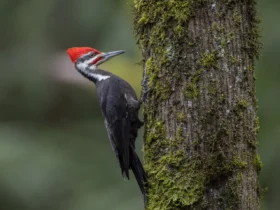With the arrival of warm weather and the blossoming of flowers, the vibrant colors of the American Goldfinch (Spinus tristis) grace the skies, marking the beginning of summer in North America. Known for their cheerful songs, brilliant plumage, and acrobatic flight, these charming little birds have captured the admiration of birdwatchers and nature enthusiasts alike. In this article, we explore the captivating world of the American Goldfinch, delving into its appearance, behavior, and significance in the natural world.
American Goldfinch images
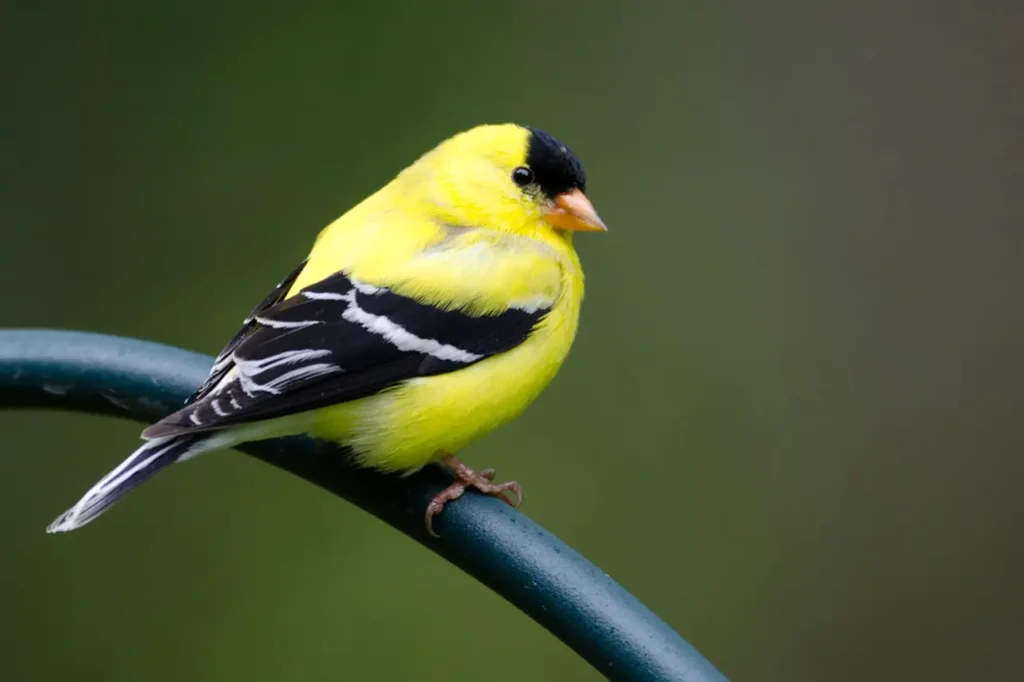
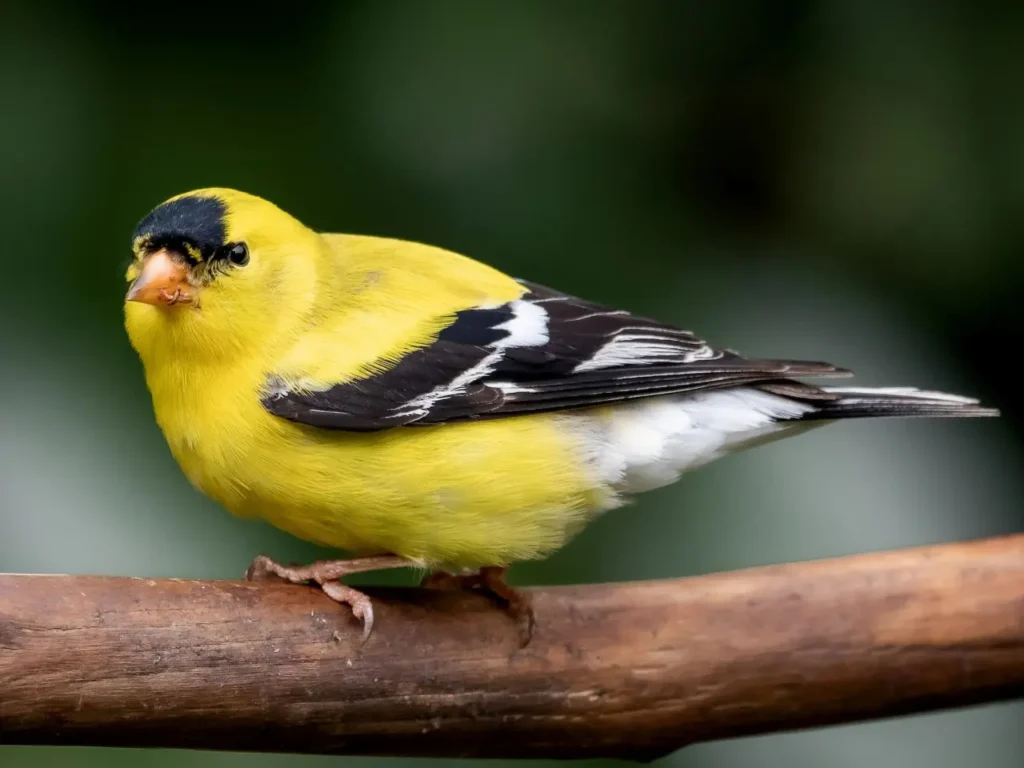
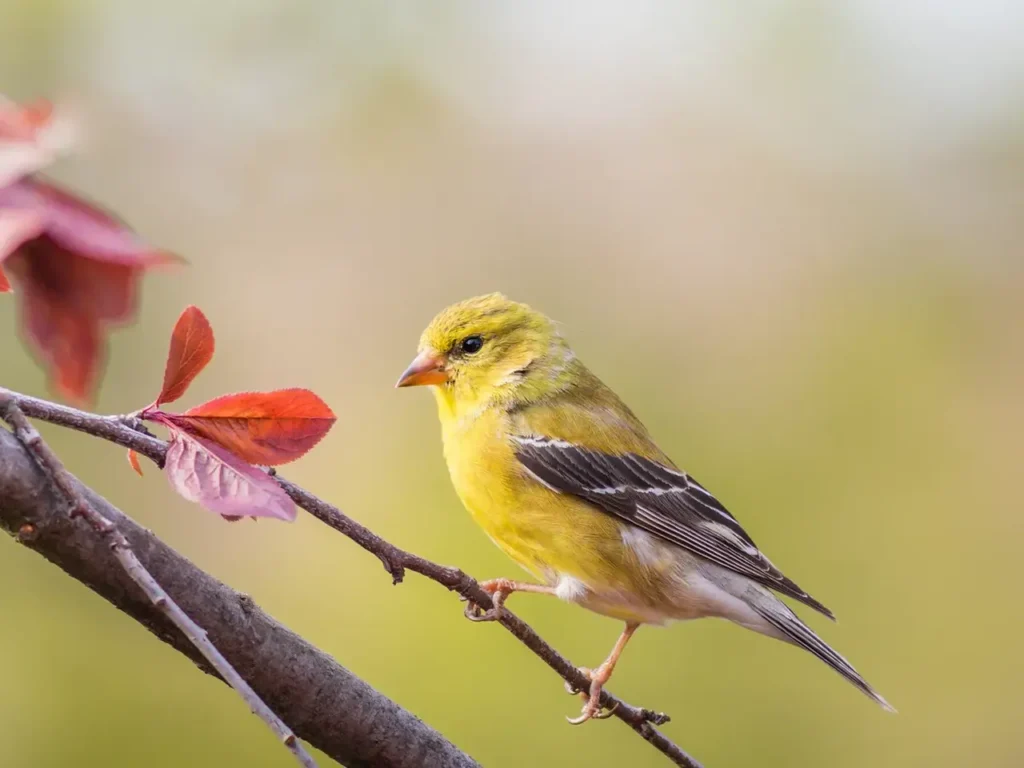
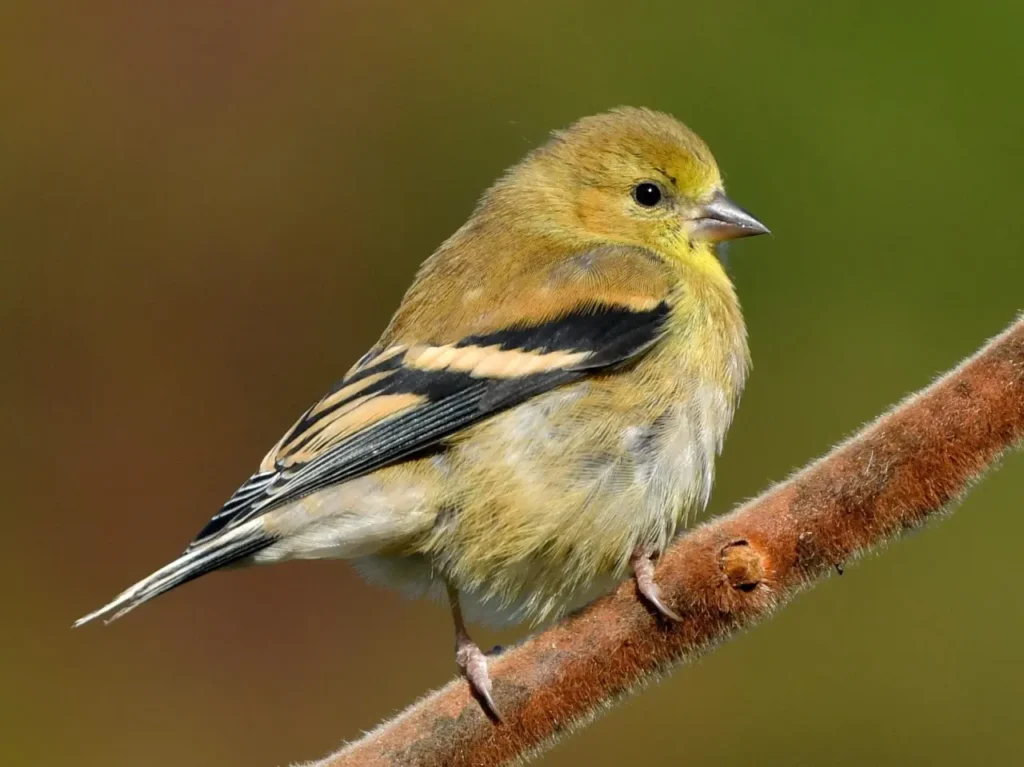
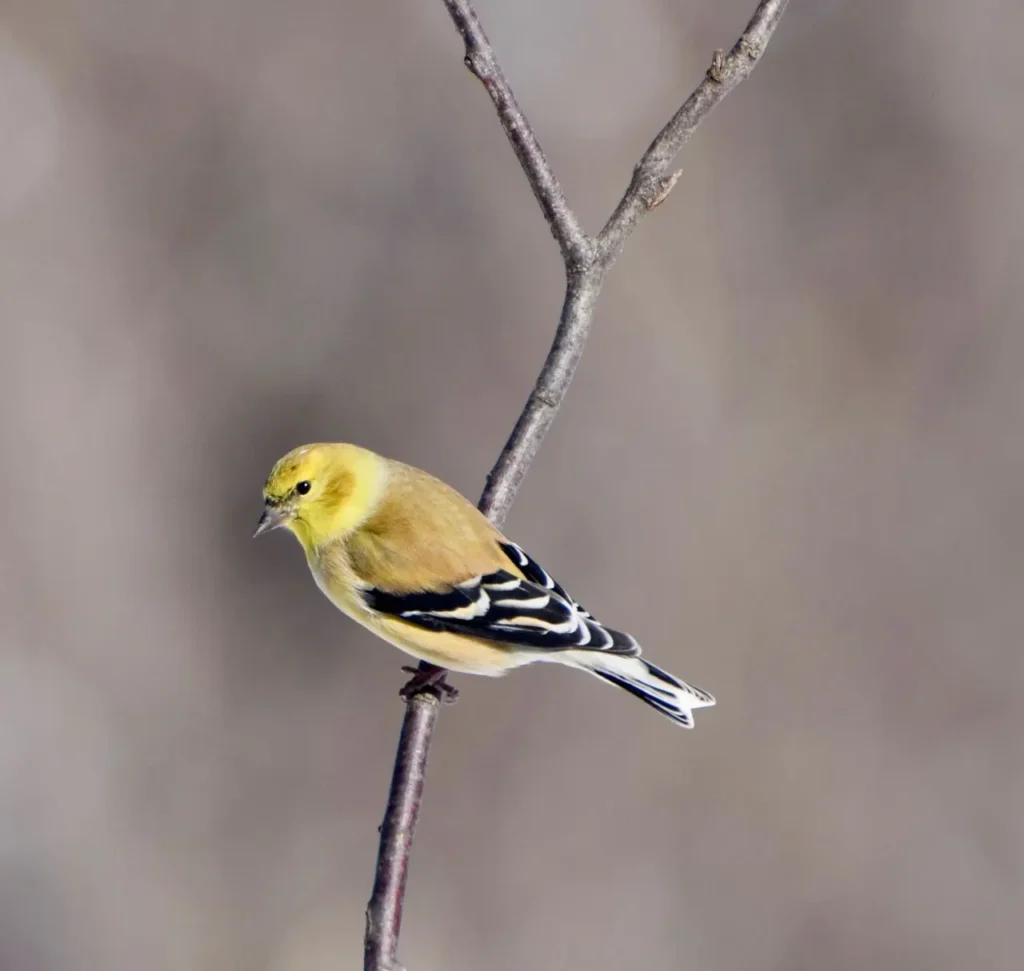
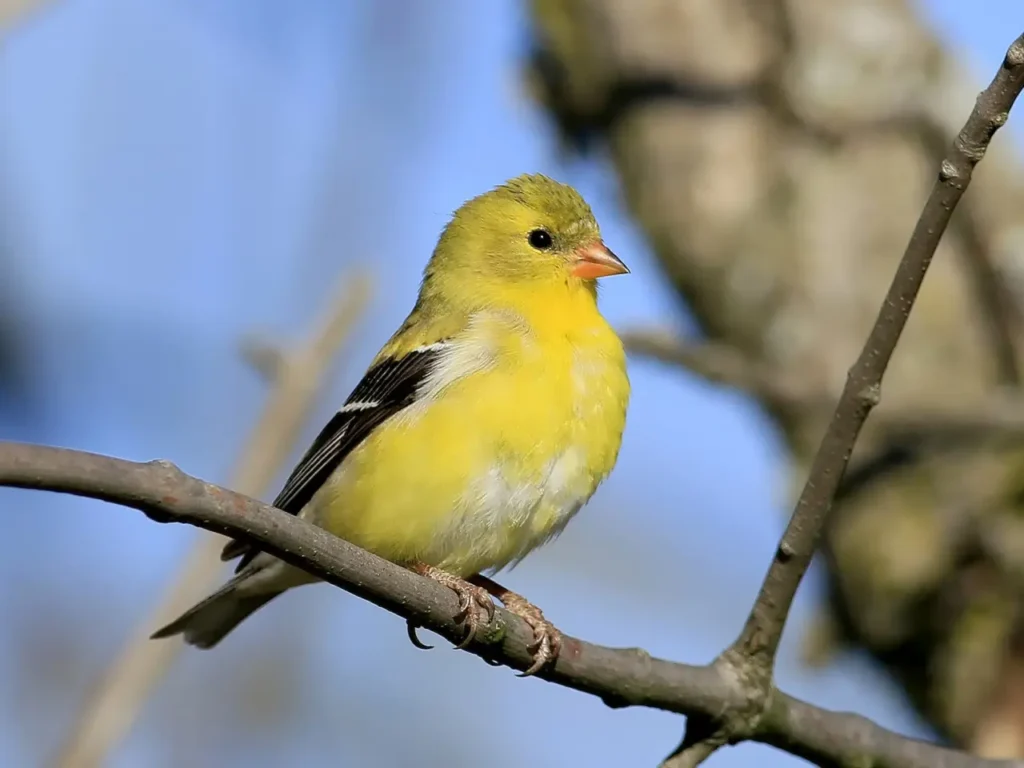
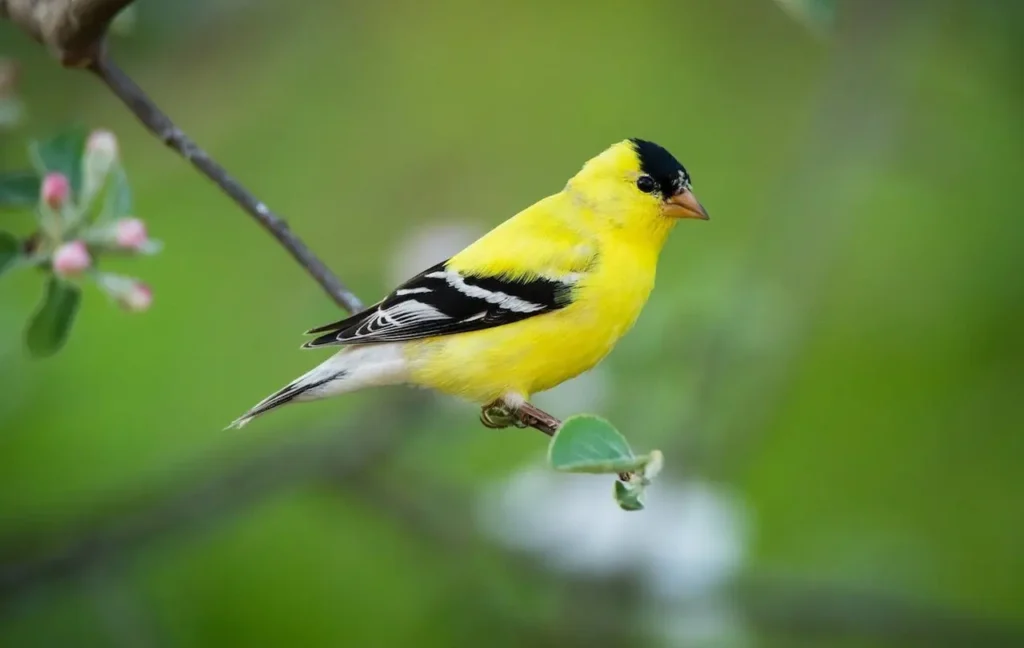
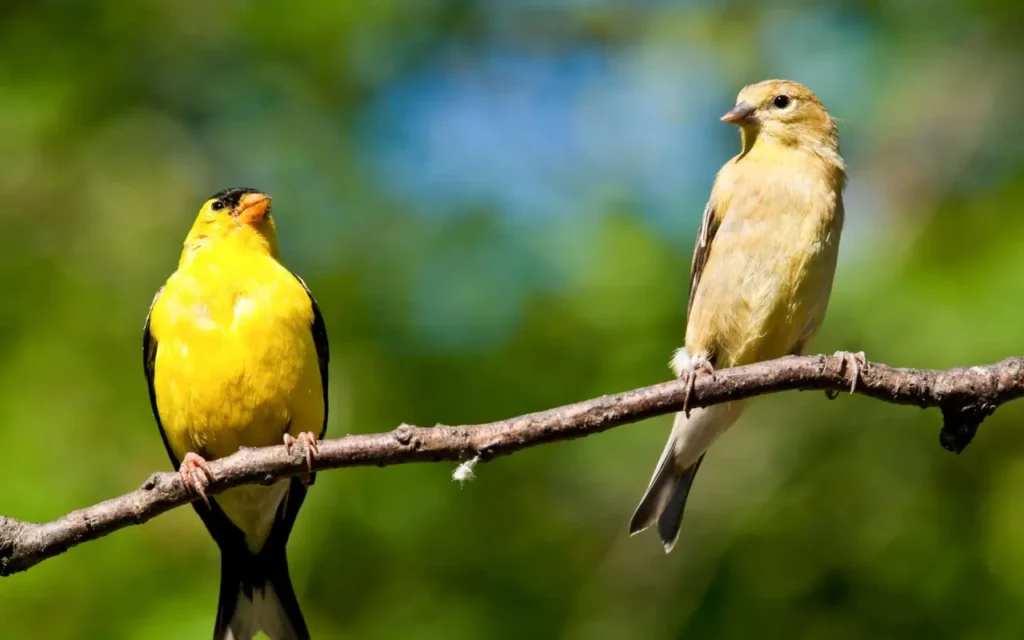
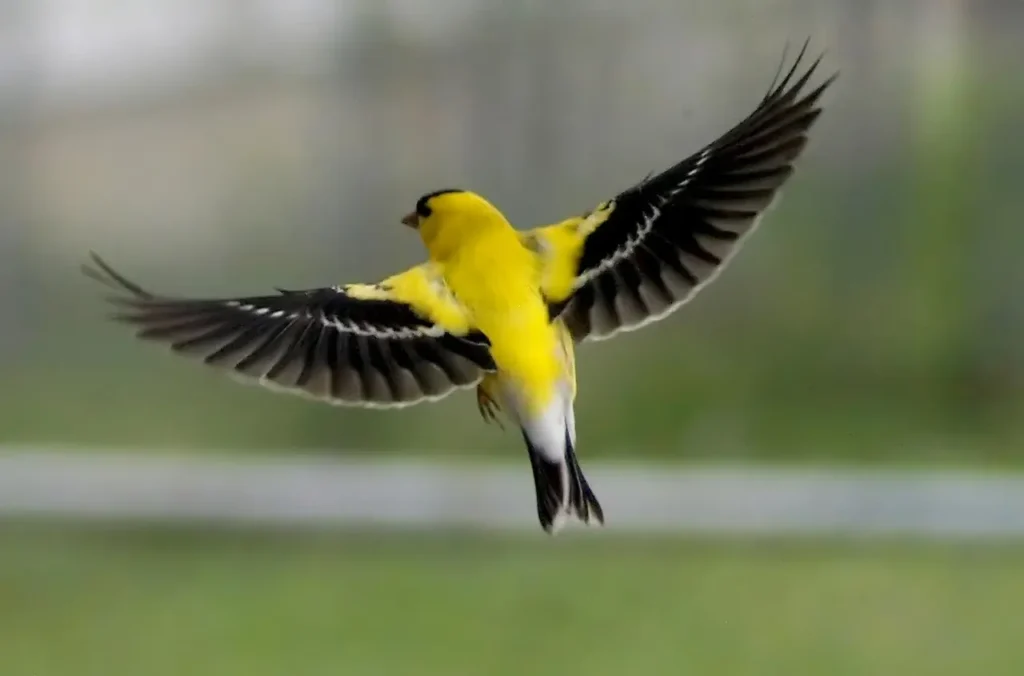
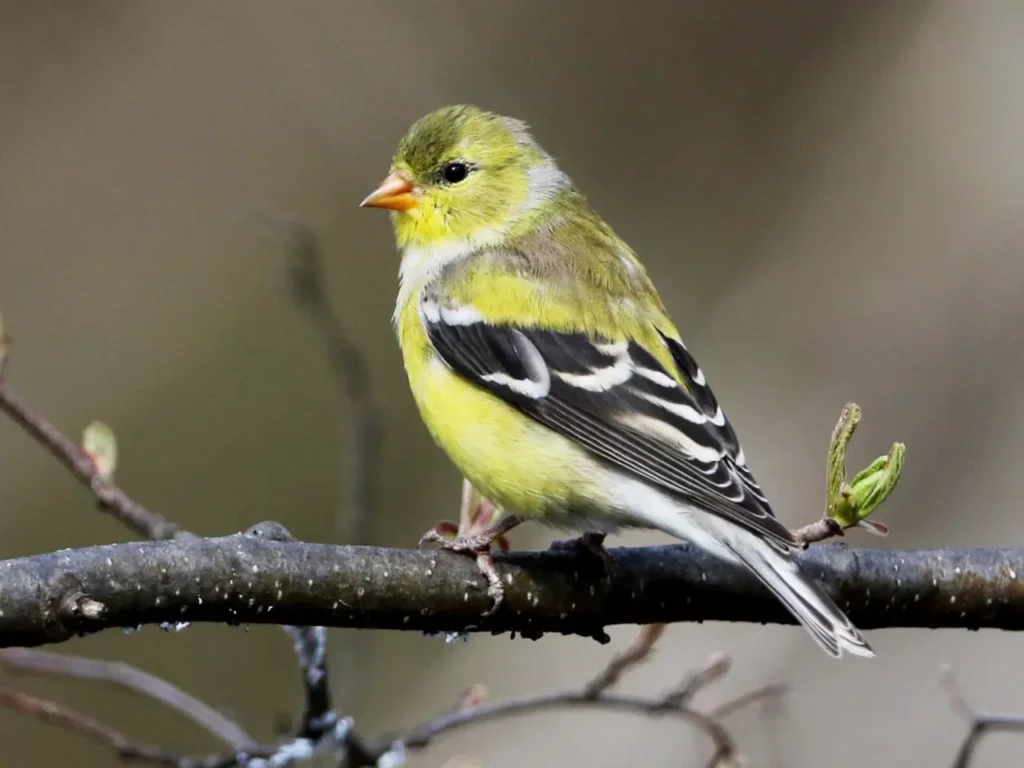

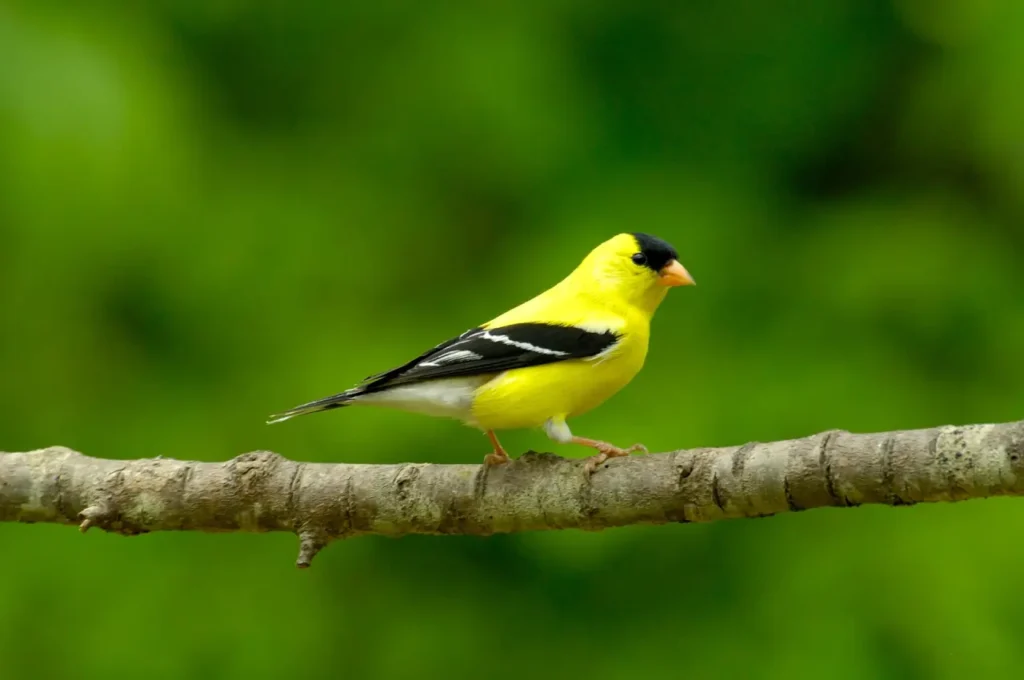
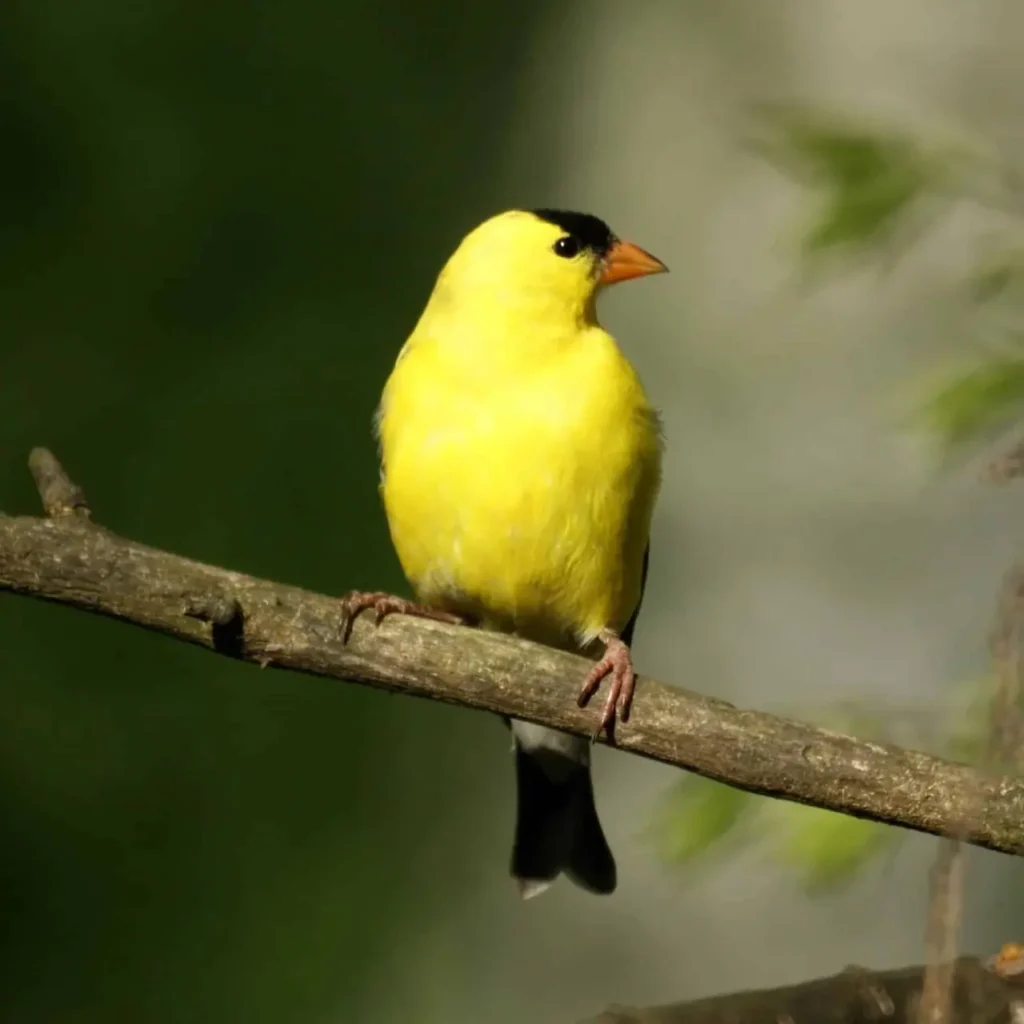
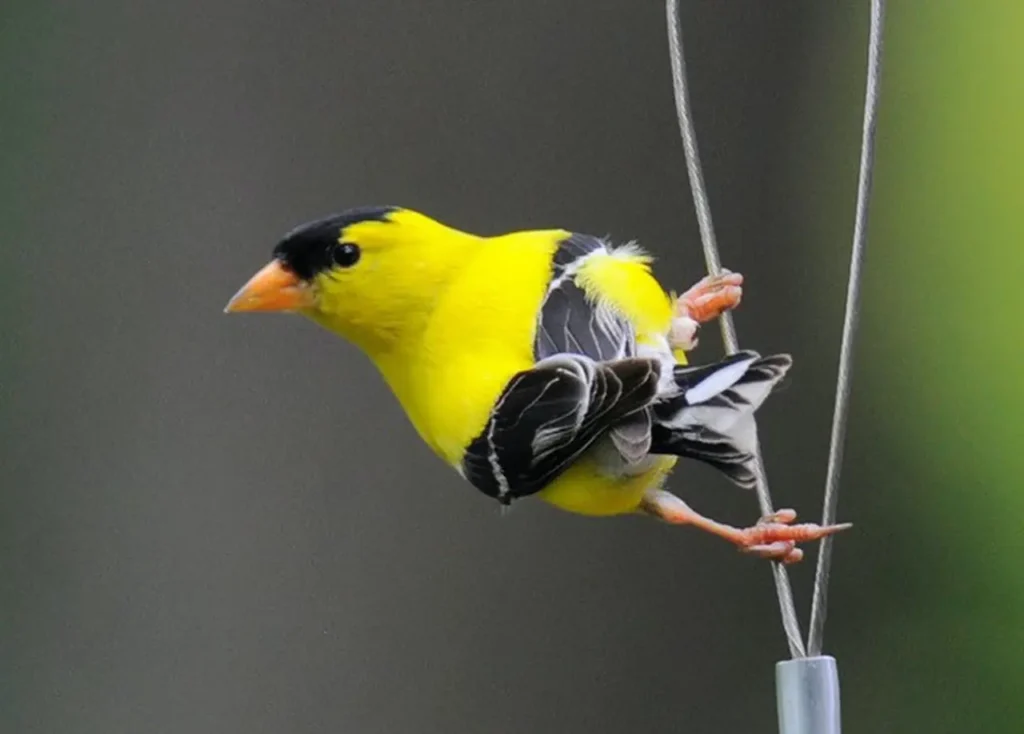
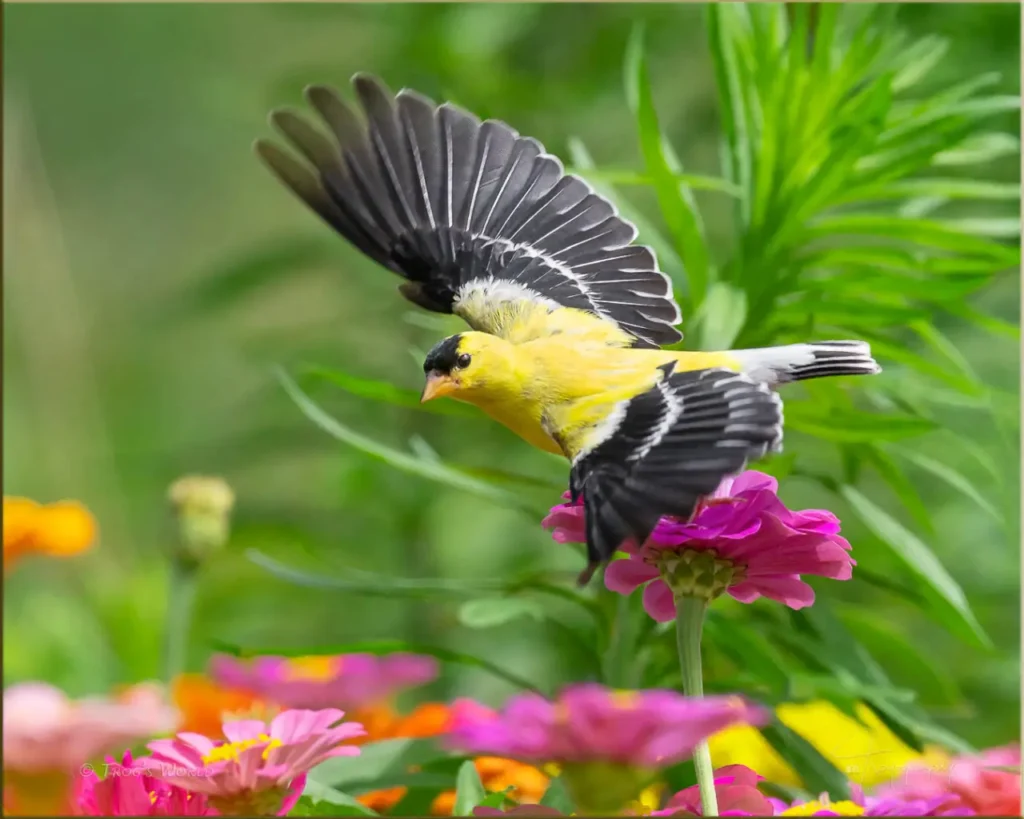
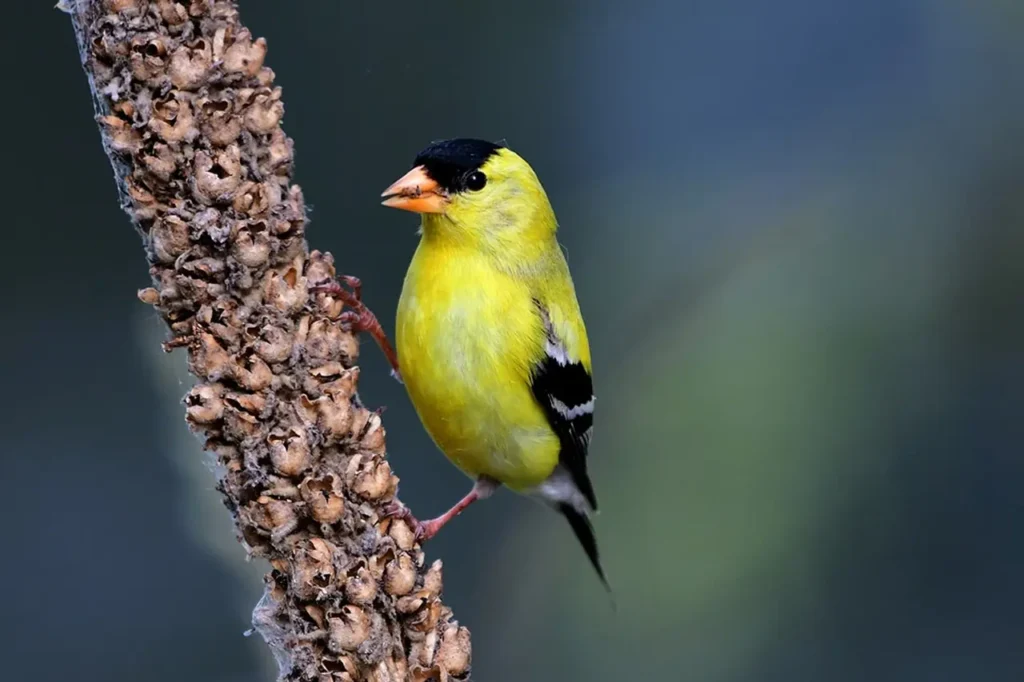
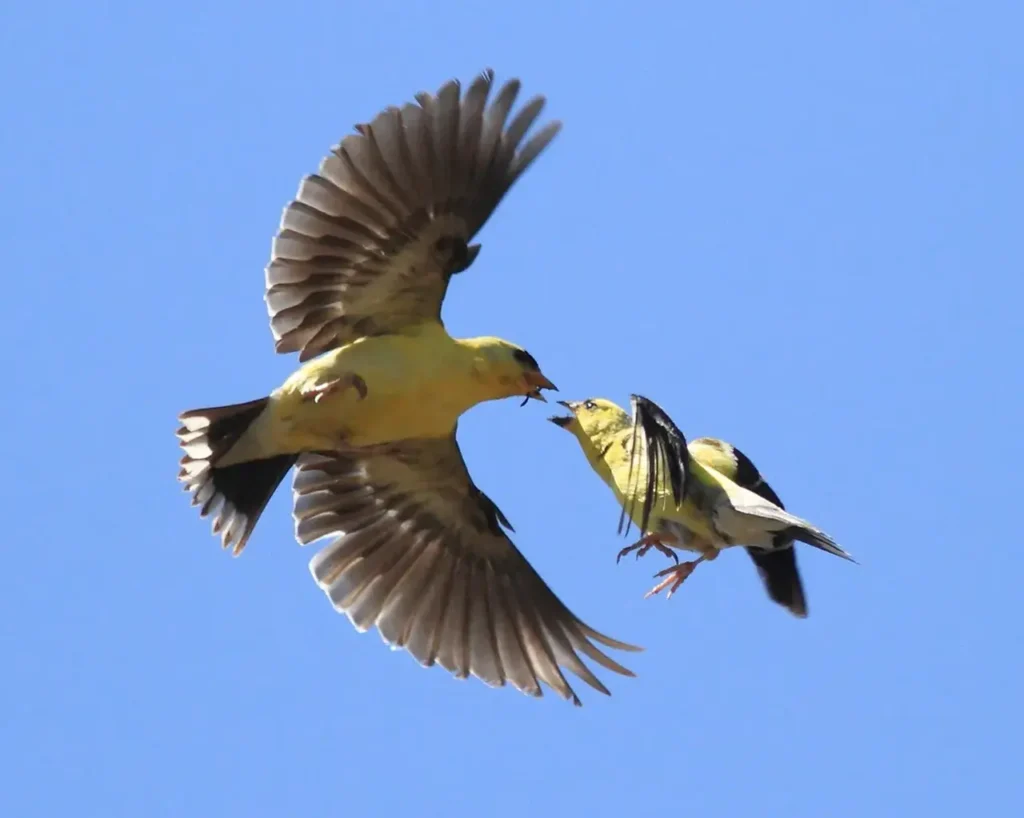
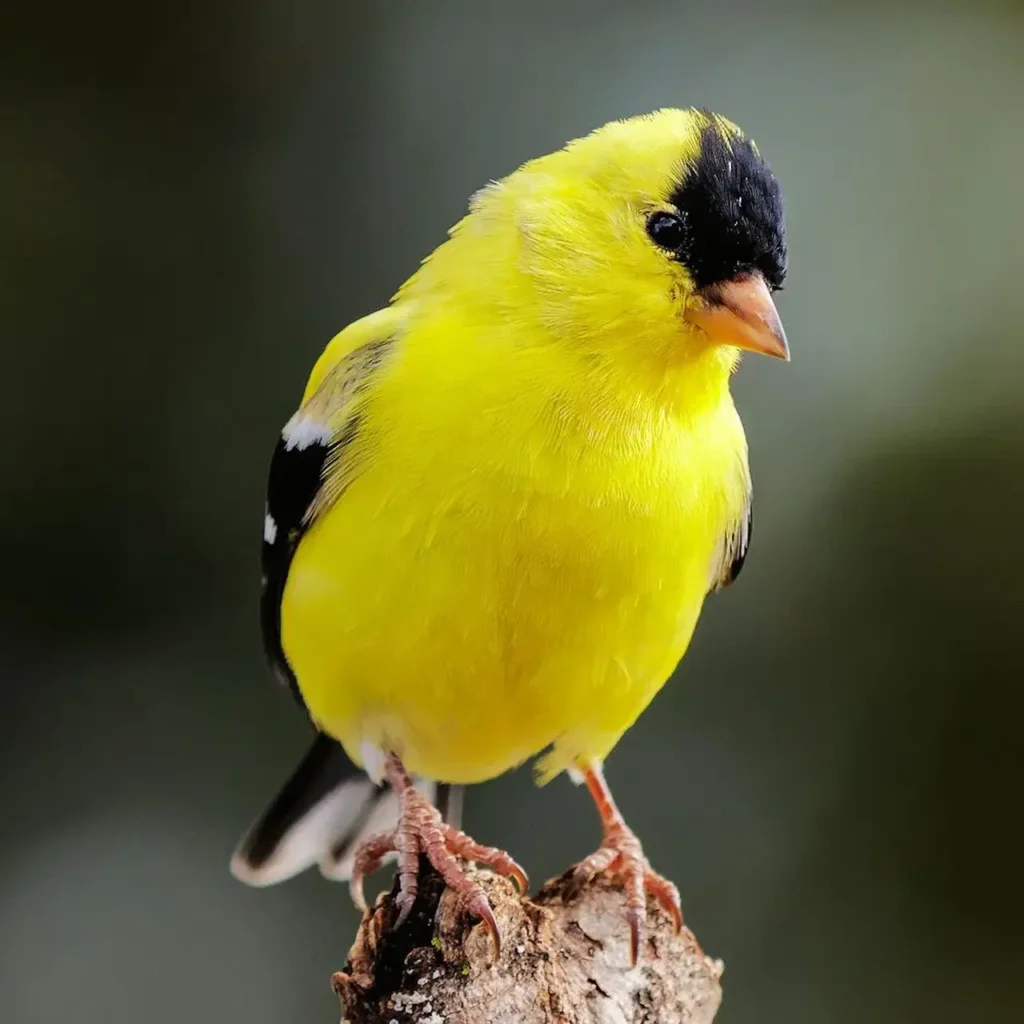
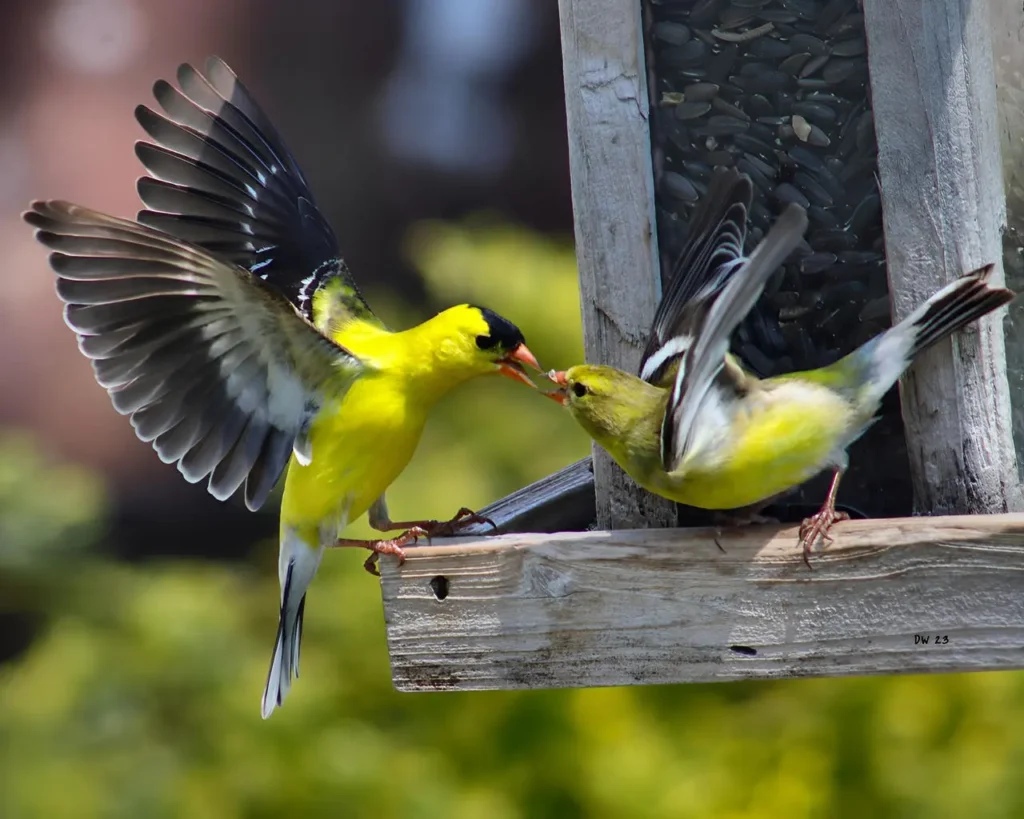
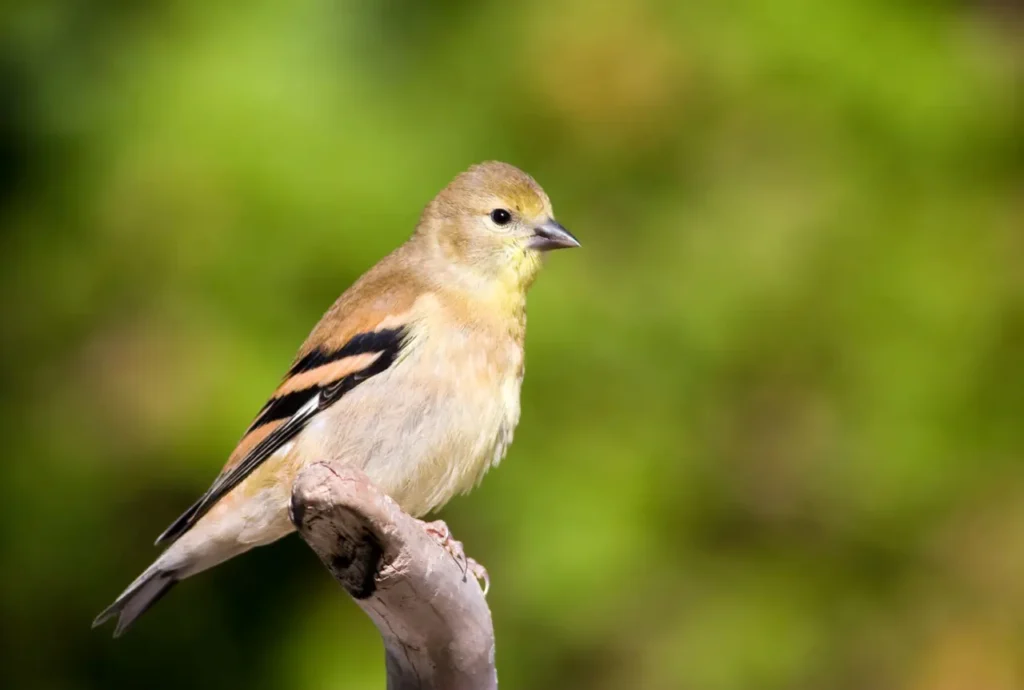
Appearance and Plumage
The American Goldfinch is a small songbird, measuring around 4.5 to 5 inches (11 to 13 centimeters) in length. Adult males and females exhibit distinct plumage characteristics. During the breeding season, the male dons a striking bright yellow plumage with a contrasting jet black cap and wings. His underparts boast a beautiful blend of lemon yellow, adding to his overall brilliance. In contrast, the female’s plumage is more subdued, featuring olive-brown tones with hints of yellow on the throat and breast.
Interestingly, the American Goldfinch is one of the few songbirds that undergo a molt in both spring and fall. During the winter, both males and females shed their bright plumage and adopt a more inconspicuous olive-brown coloration, providing them with better camouflage in their surroundings.
Behavior and Song
The American Goldfinch is known for its delightful and melodic song, which consists of a series of sweet, high-pitched notes. Their song is often described as a cheerful “per-chick-o-ree” or “potato-chip.” These birds are particularly vocal during the breeding season when they use their songs to establish territories and attract mates.
In addition to their enchanting songs, American Goldfinches are admired for their acrobatic flight and agility. They are skilled at maneuvering through the air to access food sources, showcasing their aerial abilities while feeding on seeds from plants and flowers.
Diet and Feeding Habits
The American Goldfinch is primarily a granivorous bird, meaning it predominantly feeds on seeds. They have a particular affinity for the seeds of various plants, including sunflowers, thistles, dandelions, and aster. Their specialized bill allows them to extract seeds from the seedheads with precision, making them adept at foraging for their favorite foods.
During the breeding season, American Goldfinches also incorporate insects into their diet, as they provide essential protein for their growing chicks. They are known to feed on insects such as aphids, caterpillars, and spiders, which they diligently collect to nourish their young.
Breeding and Nesting
American Goldfinches typically breed during the late summer months when food sources are abundant. They are delayed breeders, waiting for the peak availability of seeds and insects to ensure optimal conditions for raising their offspring.
The female constructs a compact cup-shaped nest, often weaving it with plant fibers and lining it with soft materials such as thistle down. These nests are carefully hidden in the branches of shrubs and trees, providing protection from predators.
Conservation and Significance
The American Goldfinch is not currently considered globally threatened, and its populations remain stable. These adaptable birds are found throughout much of North America, from Canada to Mexico. However, like many bird species, they still face challenges due to habitat loss and human activities.
Gardeners can play a significant role in supporting American Goldfinches by providing a habitat-friendly environment with plenty of native plants that produce seeds. Avoiding the use of pesticides also helps maintain a healthy insect population, which is crucial for the birds’ survival during the breeding season.
Conclusion
The American Goldfinch is a symbol of joy and vitality, heralding the arrival of summer with its brilliant colors and cheerful songs. As we marvel at these tiny birds and their remarkable adaptations, let us remember the importance of preserving their habitats and natural ecosystems. By cultivating bird-friendly gardens and appreciating the beauty of the American Goldfinch, we contribute to the conservation of these delightful creatures and celebrate the wondrous diversity of life that surrounds us.
